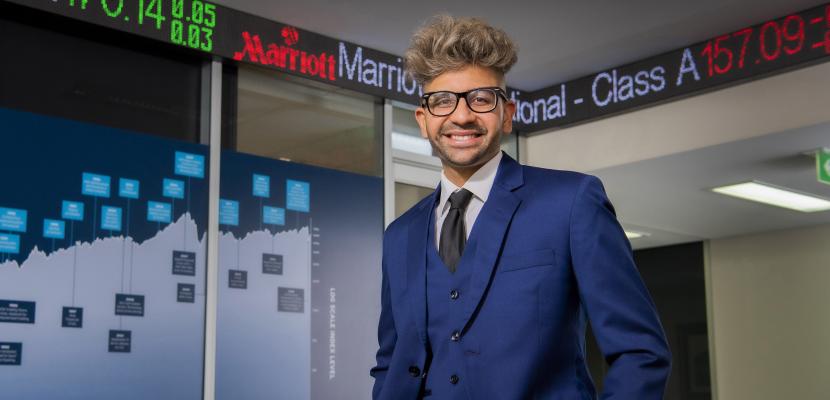
Milind Tiwari has created an algorithm to help track down shell companies.
A researcher at Bond University has developed an algorithm that sniffs out dodgy shell companies used by the rich and powerful to hide wealth and avoid tax.
PhD candidate Milind Tiwari is a fraud investigator and anti-money laundering specialist. He fine-tuned the algorithm using a list of 200 shady companies provided by anti-corruption group Transparency International, UK.
Shell companies, like those exposed in the recent Pandora Papers leak, are legal business entities that can conceal assets and launder money.
Working under the supervision of Professor Kuldeep Kumar and Dr Adrian Gepp of the Bond Business School, Mr Tiwari used graph algorithms and machine learning to spot shell companies likely being used for illegal purposes.
“The entities used to hide ownership and move funds exist in networks, and exploiting these relationships reveals helpful information,” Mr Tiwari said.
“You might have 100 entities located at one particular address and one individual is a director of all of them, which raises a red flag.
“Exporting the data on these onto a graph database platform and using the algorithm produces a score similar to the way the Google algorithm ranks web pages.”
Mr Tiwari, who has worked for big four firms such as KPMG and EY and is studying Accounting and Business Management at Bond, hopes to tweak his model by incorporating extra banking data and ultimately commercialise it as an anti-money laundering tool.
“For this project we used just publicly available information. If we can get hold of banking transaction data I think a better model can be developed.”
Mr Tiwari said there was no clear consensus on the magnitude of money-laundering but estimates had put it at 2-5 percent of world GDP.
“It’s a massive problem,” he said. “We are talking about huge amounts of money.”
As part of his research, Mr Tiwari developed a method to quantify the amount of money being laundered from the proceeds of cannabis trafficking in Australia. He estimates the figure at $10 million a year.
Mr Tiwari also produced a table of countries ranked in order of their appeal as money laundering destinations.
He said it was likely money laundering could even be linked to rising house prices.
“Money laundering is a global phenomenon and the impact in terms of rising crime, income inequality, and rising real estate prices is evident,” he said.
“Owning a property in Sydney and Melbourne has become a difficult dream to accomplish and I believe the illicit flow of funds is destabilising the real estate market in Australia, as has been the case in Canada.”

